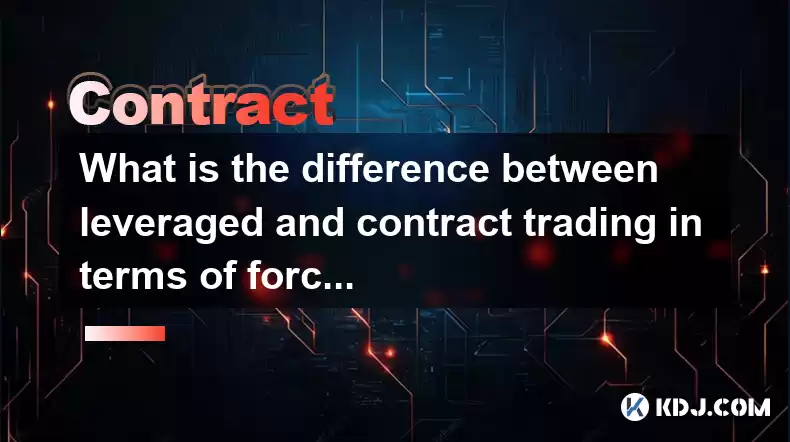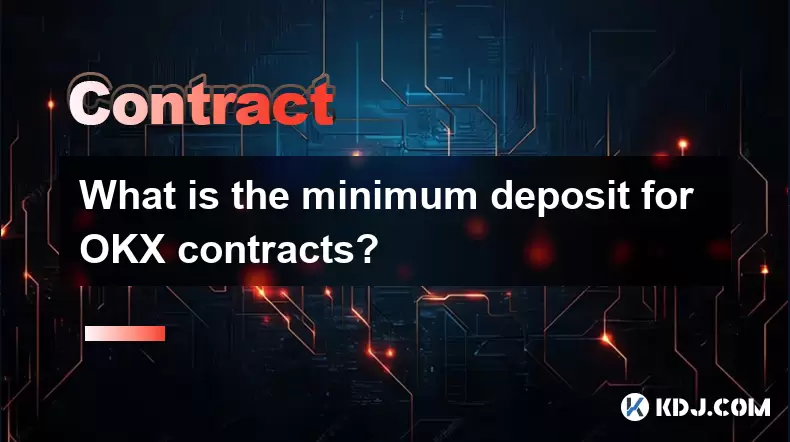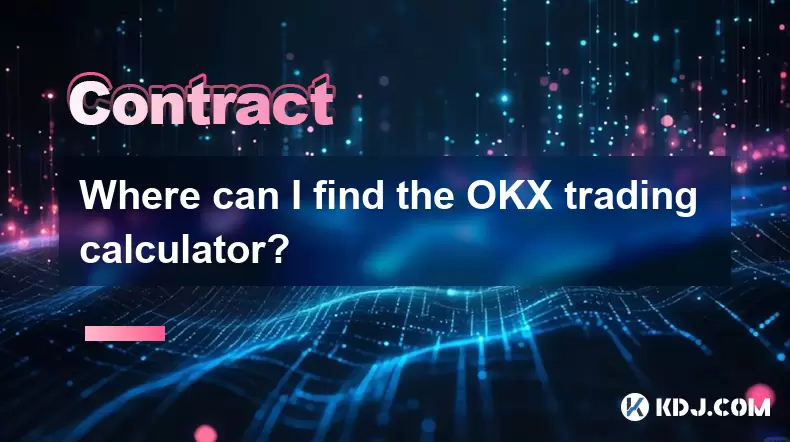-
 Bitcoin
Bitcoin $116700
0.24% -
 Ethereum
Ethereum $3973
4.34% -
 XRP
XRP $3.283
7.68% -
 Tether USDt
Tether USDt $1.000
0.01% -
 BNB
BNB $789.8
2.27% -
 Solana
Solana $176.2
3.31% -
 USDC
USDC $0.9999
0.00% -
 Dogecoin
Dogecoin $0.2238
5.14% -
 TRON
TRON $0.3389
-0.51% -
 Cardano
Cardano $0.7907
4.03% -
 Stellar
Stellar $0.4527
10.02% -
 Hyperliquid
Hyperliquid $41.07
4.27% -
 Sui
Sui $3.794
1.77% -
 Chainlink
Chainlink $19.49
10.40% -
 Bitcoin Cash
Bitcoin Cash $580.9
0.74% -
 Hedera
Hedera $0.2617
4.32% -
 Avalanche
Avalanche $23.41
3.67% -
 Ethena USDe
Ethena USDe $1.001
-0.03% -
 Litecoin
Litecoin $122.4
1.38% -
 Toncoin
Toncoin $3.364
1.49% -
 UNUS SED LEO
UNUS SED LEO $8.988
0.37% -
 Shiba Inu
Shiba Inu $0.00001295
2.82% -
 Uniswap
Uniswap $10.62
5.75% -
 Polkadot
Polkadot $3.922
4.46% -
 Dai
Dai $1.000
0.01% -
 Bitget Token
Bitget Token $4.494
2.15% -
 Monero
Monero $268.0
-1.30% -
 Cronos
Cronos $0.1523
3.68% -
 Pepe
Pepe $0.00001127
4.43% -
 Aave
Aave $285.4
4.85%
What is the difference between leveraged and contract trading in terms of forced liquidation mechanisms?
Leveraged trading uses borrowed funds to amplify positions, with liquidation triggered by falling below the maintenance margin, while contract trading involves complex margin requirements and expiration dates.
Apr 07, 2025 at 02:14 am

Leveraged trading and contract trading are popular methods used in the cryptocurrency market to amplify potential returns. Both methods involve borrowing funds to increase trading positions, but they differ significantly in terms of forced liquidation mechanisms. Understanding these differences is crucial for traders to manage risk effectively. In this article, we will explore the nuances of leveraged trading and contract trading, focusing specifically on how forced liquidation works in each context.
What is Leveraged Trading?
Leveraged trading involves using borrowed funds to increase the size of a trading position. This method allows traders to potentially amplify their profits but also increases the risk of significant losses. In leveraged trading, the forced liquidation mechanism is triggered when the value of the trader's account falls below a certain threshold, known as the maintenance margin.
Maintenance Margin: This is the minimum amount of equity that must be maintained in the account to keep the position open. If the account balance falls below this level, the broker will initiate a liquidation to cover the borrowed funds.
Margin Call: Before reaching the maintenance margin, traders often receive a margin call, which is a warning that their account is approaching the liquidation point. This gives them a chance to add more funds to their account or close positions to avoid liquidation.
Liquidation Process: When the account balance falls below the maintenance margin, the broker automatically closes the position to prevent further losses. The assets are sold at the current market price, which may be lower than the entry price, resulting in a loss for the trader.
What is Contract Trading?
Contract trading, often referred to as futures or derivatives trading, involves entering into a contract to buy or sell an asset at a predetermined price in the future. These contracts can be leveraged, meaning traders can control a larger position with a smaller initial investment. The forced liquidation mechanism in contract trading is more complex and involves several factors, including the contract's expiration date and the trader's margin requirements.
Initial Margin: This is the amount of money required to open a futures contract. It acts as a deposit to secure the position and is usually a percentage of the contract's total value.
Variation Margin: As the market price of the underlying asset changes, the account's equity fluctuates. If the account's equity falls below the maintenance margin, the trader must deposit additional funds (variation margin) to keep the position open.
Liquidation Trigger: In contract trading, forced liquidation occurs when the account's equity falls below the maintenance margin and the trader fails to meet the margin call. The exchange will then liquidate the position to cover the losses.
Contract Expiration: Unlike leveraged trading, contract trading involves an expiration date. If the contract is not closed or rolled over before expiration, it will be settled at the current market price, which can trigger liquidation if the trader's account is in a deficit.
Key Differences in Forced Liquidation Mechanisms
The forced liquidation mechanisms in leveraged trading and contract trading have several key differences that traders need to understand to manage their risk effectively.
Trigger Points: In leveraged trading, liquidation is primarily triggered by the account balance falling below the maintenance margin. In contract trading, liquidation can be triggered by both the account balance and the contract's expiration date.
Margin Requirements: Leveraged trading typically involves a single margin requirement (maintenance margin), while contract trading involves both an initial margin and a variation margin. The complexity of margin requirements in contract trading can lead to more frequent margin calls and potential liquidations.
Market Impact: The liquidation process in leveraged trading can be immediate and may result in selling assets at unfavorable prices. In contract trading, the liquidation process can be influenced by the contract's expiration, potentially allowing for more strategic management of positions.
Risk Management: Leveraged trading often requires more active monitoring of account balances and market conditions to avoid sudden liquidations. Contract trading, on the other hand, requires understanding both the market movements and the contract's lifecycle to manage risk effectively.
Examples of Forced Liquidation in Leveraged Trading
To better understand how forced liquidation works in leveraged trading, let's consider a few hypothetical examples:
Example 1: A trader opens a leveraged position with a $10,000 account balance and borrows an additional $40,000 to control a $50,000 position. The maintenance margin is set at 20%, meaning the account must maintain at least $10,000 (20% of $50,000). If the market moves against the trader and the account balance drops to $9,000, the broker will initiate a liquidation to cover the borrowed funds.
Example 2: Another trader uses a 10x leverage to open a $100,000 position with a $10,000 account balance. The maintenance margin is 10%, requiring a minimum of $10,000. If the market fluctuates and the account balance drops to $8,000, the trader receives a margin call. If the trader fails to add funds, the position will be liquidated at the current market price.
Examples of Forced Liquidation in Contract Trading
Contract trading involves more complex scenarios due to the interplay between market movements and contract expiration. Here are some examples to illustrate forced liquidation in this context:
Example 1: A trader enters a futures contract to buy 10 Bitcoins at $30,000 each, with an initial margin of $3,000 per Bitcoin. The total initial margin is $30,000. If the market price of Bitcoin drops to $27,000, the trader's account equity decreases. If the account equity falls below the maintenance margin (e.g., $2,700 per Bitcoin), the trader must deposit additional funds (variation margin) to avoid liquidation.
Example 2: Another trader enters a contract to sell 5 Ethereum at $2,000 each, with an initial margin of $200 per Ethereum. The total initial margin is $1,000. If the market price of Ethereum rises to $2,200, the trader's account equity decreases. If the account equity falls below the maintenance margin (e.g., $180 per Ethereum), the trader must deposit additional funds. If the contract expires and the trader's account is in a deficit, the exchange will liquidate the position.
Strategies to Avoid Forced Liquidation
Traders can employ several strategies to avoid forced liquidation in both leveraged and contract trading. Here are some effective approaches:
Set Stop-Loss Orders: Using stop-loss orders can help limit potential losses by automatically closing positions when the market moves against the trader. This can prevent the account balance from falling below the maintenance margin.
Monitor Margin Levels: Regularly checking the account's margin levels and responding to margin calls promptly can help avoid liquidation. Traders should be prepared to add funds or close positions if necessary.
Diversify Positions: Spreading investments across different assets can reduce the risk of a single position triggering a liquidation. Diversification can help maintain a healthy account balance.
Understand Contract Terms: For contract trading, understanding the contract's terms, including expiration dates and margin requirements, is crucial. Traders should plan their positions and exits accordingly to avoid unexpected liquidations.
Use Lower Leverage: Trading with lower leverage can reduce the risk of forced liquidation. While it may limit potential profits, it also provides a buffer against market volatility.
Common Questions and Answers
Q: What is the main difference between leveraged and contract trading in terms of forced liquidation mechanisms?
A: The main difference lies in the trigger points and margin requirements. Leveraged trading's liquidation is primarily triggered by the account balance falling below the maintenance margin, while contract trading involves both the account balance and the contract's expiration date. Contract trading also has more complex margin requirements, including initial and variation margins.
Q: How can traders avoid forced liquidation in leveraged trading?
A: Traders can avoid forced liquidation in leveraged trading by setting stop-loss orders, monitoring margin levels, diversifying their positions, and using lower leverage. Responding promptly to margin calls and adding funds when necessary can also help prevent liquidation.
Q: What are the key factors that trigger forced liquidation in contract trading?
A: The key factors that trigger forced liquidation in contract trading are the account's equity falling below the maintenance margin, the trader's failure to meet margin calls, and the contract's expiration date. If the account is in a deficit at expiration, the exchange will liquidate the position.
Q: Why is understanding contract terms important in contract trading?
A: Understanding contract terms, including expiration dates and margin requirements, is crucial in contract trading because it allows traders to plan their positions and exits effectively. This can help avoid unexpected liquidations and manage risk more efficiently.
Q: Can using lower leverage help prevent forced liquidation?
A: Yes, using lower leverage can help prevent forced liquidation by providing a buffer against market volatility. While it may limit potential profits, it reduces the risk of the account balance falling below the maintenance margin, thereby avoiding liquidation.
Disclaimer:info@kdj.com
The information provided is not trading advice. kdj.com does not assume any responsibility for any investments made based on the information provided in this article. Cryptocurrencies are highly volatile and it is highly recommended that you invest with caution after thorough research!
If you believe that the content used on this website infringes your copyright, please contact us immediately (info@kdj.com) and we will delete it promptly.
- Punisher Coin: The Altcoin Ready to Punish Your Portfolio with Gains?
- 2025-08-08 22:50:16
- Mutuum Finance, Bitcoin Whales, and Binance: Decoding the Crypto Currents
- 2025-08-08 22:30:11
- Bitcoin, Crypto Market, Volatility: Riding the Rollercoaster in NYC Style
- 2025-08-08 22:50:16
- HTX Copy Trading Extravaganza: Rewards and Opportunities for Traders
- 2025-08-08 23:30:12
- SPX6900 Pumps & TOKEN6900 Presale: Month Growth Mania!
- 2025-08-08 23:30:12
- Dogwifhat, Beanie, and $800,000: A Meme Worth Millions?
- 2025-08-08 23:35:12
Related knowledge

What is the distinction between mark price and last price on KuCoin?
Aug 08,2025 at 01:58pm
Understanding the Basics of Price in Cryptocurrency TradingIn cryptocurrency exchanges like KuCoin, two key price indicators frequently appear on trad...

What are the specific maker and taker fees on KuCoin Futures?
Aug 08,2025 at 08:28am
Understanding Maker and Taker Fees on KuCoin FuturesWhen trading on KuCoin Futures, users encounter two primary types of fees: maker fees and taker fe...

What is the maximum leverage available on KuCoin Futures?
Aug 08,2025 at 10:21am
Understanding Leverage in KuCoin Futures TradingLeverage in KuCoin Futures allows traders to control a larger position size using a smaller amount of ...

What is the minimum deposit for OKX contracts?
Aug 08,2025 at 07:00am
Understanding OKX Contract Trading BasicsOKX is one of the leading cryptocurrency derivatives exchanges, offering a wide range of perpetual and future...

Where can I find the OKX trading calculator?
Aug 08,2025 at 07:49am
Understanding the OKX Trading Calculator FunctionalityThe OKX trading calculator is a powerful analytical tool designed to assist traders in estimatin...

What is copy trading for OKX perpetual contracts?
Aug 08,2025 at 10:42pm
Understanding Copy Trading in the Context of OKX Perpetual ContractsCopy trading is a feature offered by the OKX exchange that enables users to automa...

What is the distinction between mark price and last price on KuCoin?
Aug 08,2025 at 01:58pm
Understanding the Basics of Price in Cryptocurrency TradingIn cryptocurrency exchanges like KuCoin, two key price indicators frequently appear on trad...

What are the specific maker and taker fees on KuCoin Futures?
Aug 08,2025 at 08:28am
Understanding Maker and Taker Fees on KuCoin FuturesWhen trading on KuCoin Futures, users encounter two primary types of fees: maker fees and taker fe...

What is the maximum leverage available on KuCoin Futures?
Aug 08,2025 at 10:21am
Understanding Leverage in KuCoin Futures TradingLeverage in KuCoin Futures allows traders to control a larger position size using a smaller amount of ...

What is the minimum deposit for OKX contracts?
Aug 08,2025 at 07:00am
Understanding OKX Contract Trading BasicsOKX is one of the leading cryptocurrency derivatives exchanges, offering a wide range of perpetual and future...

Where can I find the OKX trading calculator?
Aug 08,2025 at 07:49am
Understanding the OKX Trading Calculator FunctionalityThe OKX trading calculator is a powerful analytical tool designed to assist traders in estimatin...

What is copy trading for OKX perpetual contracts?
Aug 08,2025 at 10:42pm
Understanding Copy Trading in the Context of OKX Perpetual ContractsCopy trading is a feature offered by the OKX exchange that enables users to automa...
See all articles

























































































